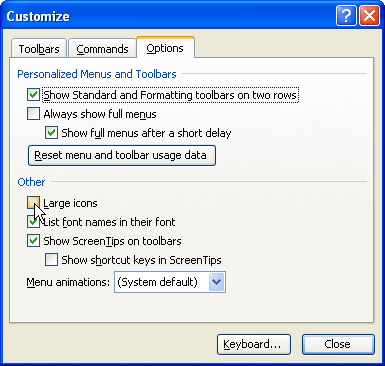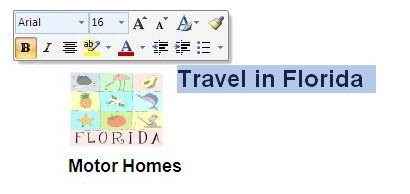

We’ve seen five hour merge print jobs cut to less than two hours, simply by optimizing the source document.įor an email mail merge, the size of the message can noticeably slow down the time it takes to send hundreds or thousands of emails. That’s because the large, complex document takes more time to send to the printer and for the printer to render into a printed version.įor a large merge, the accumulated delays in printing each copy can add a lot of time to the job. For printing, an overly large document can slow down the time to print each document. The size of a document is an issue with mail merges. Maybe you want to make a small PDF version of a document? PDF’s are also compressed automatically so the trick is to reduce the overall size of the source Office document and that will lead to a smaller PDF version. But those methods have their own problems. If the document you want to send is larger than the email limit, you have to look for alternative delivery options like via cloud storage or instant messaging. These days it’s fairly safe to assume that an email with attachments up to 20MB will be received but sometimes the receivers size limit is even less than that. There can be a size limit on incoming messages and sometimes on outgoing messages. The limits vary according to the mail host or organization. Email systems have a size limit on messages. A standard two page letter is usually less than a megabyte, which is ‘nothing’ by 21 st century standards.īut sometimes the document size is an issue, most commonly if you want to email documents. pptx) are compressed already because they are ZIP files in disguise.

Much of the time, the file size isn’t a concern. Why even worry about the file size of documents? We’ve had readers occasionally asking how they can ‘shrink’ a document until it’s under some arbitrary size limit. Here’s some suggestions for making a Word, Excel or Powerpoint document smaller.


 0 kommentar(er)
0 kommentar(er)
